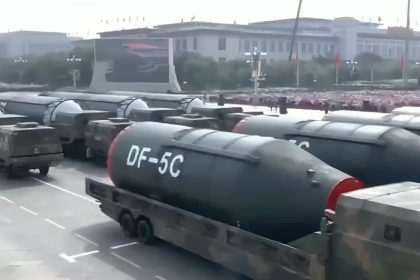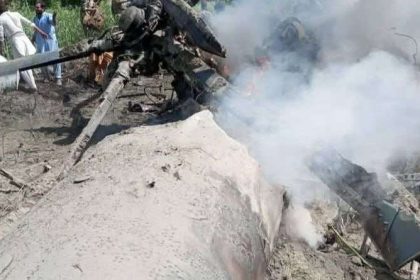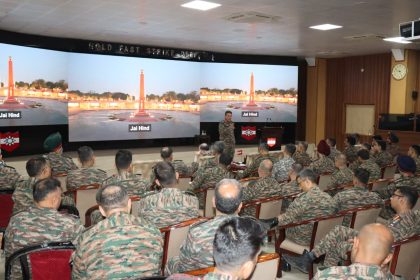Retd Brigadiers Turn Approvers in Graft Case Against Ex-ISI Chief Faiz Hameed
First-ever court martial of former ISI head deepens as aides testify in housing corruption scandal.
China Unveils DF-5C Strategic Nuclear Missile With Global Strike Range at V-Day Parade
Beijing showcases DF-5C ICBM with global strike range and MIRV capability at V-Day parade.
Cheaper Russian Oil, More S-400 Missiles for India Likely Amid Trump Tariffs: Report
Discounted Russian crude and advanced missile systems highlight deepening Moscow-New Delhi ties amid US pressure.
Kolkata Police Stops Army Truck After Near Miss With Commissioner’s Convoy
Army Truck–Police Convoy Clash Sparks Tensions in Kolkata.
5 Killed as Pakistan Army Helicopter Crashes in PoK
Technical Fault Blamed for Gilgit-Baltistan Crash, All Five Onboard Dead.
Higher Command Course Trains Officers in Desert Warfare at Jodhpur’s Konark Corps
From Operation Sindoor to Sir Creek: Future Military Leaders Study India’s Western Frontiers.






